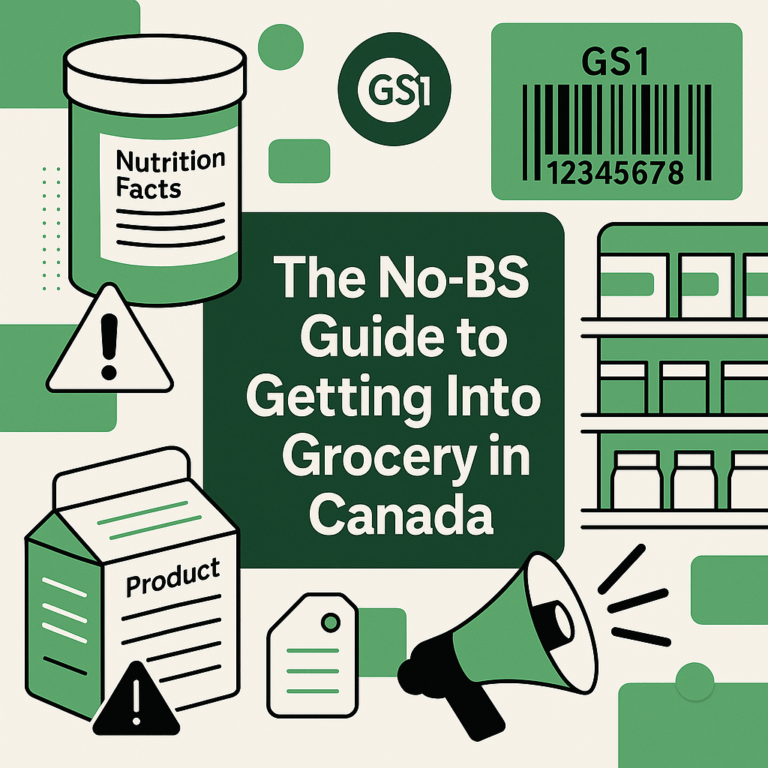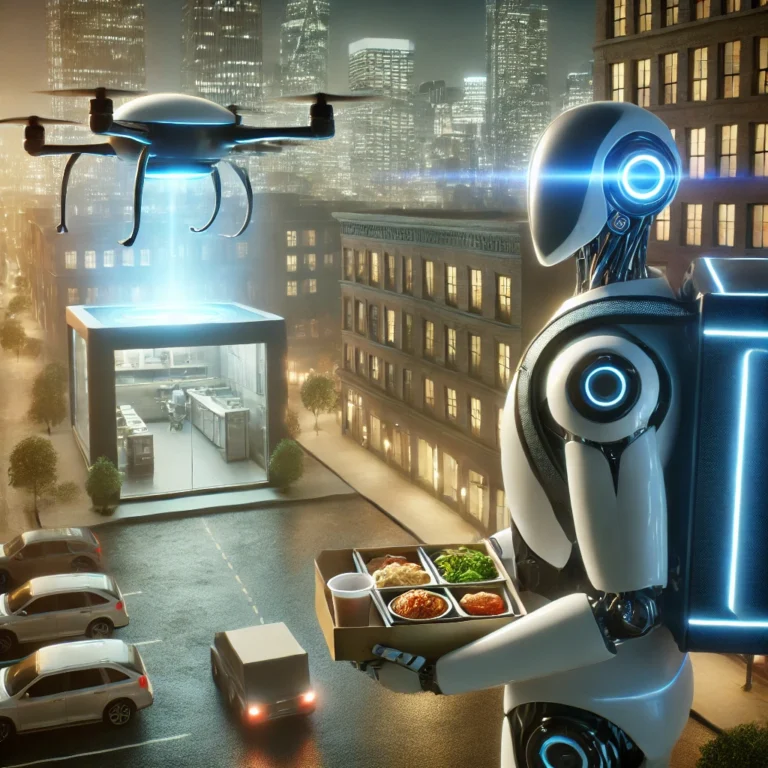Food costing is one of those things that every food business knows they should be doing, but not all are doing it correctly. A few cents here, a little waste there—before you know it, margins are shrinking, and profits are tighter than they should be.
Whether you’re running a restaurant, meal prep business, or catering operation, getting food costing right means more than just tallying up ingredients. It’s about accuracy, adaptability, and making data-driven decisions.
Here’s a look at where most food operators go wrong, and how to do it the right way to keep margins healthy.
The Wrong Way to Do Food Costing (Most Common Mistakes)
1. Estimating Instead of Using Real Data
A common mistake is relying on estimates instead of current, accurate ingredient costs. Maybe a dish was costed out last year, and prices haven’t been updated since. Or maybe it’s based on bulk case pricing, but the kitchen isn’t always ordering in bulk.
What happens?
- Small price fluctuations chip away at margins over time.
- Pricing decisions are based on assumptions, not reality.
- Ingredient substitutions or seasonal availability throw off actual costs.
✔ How to fix it: Block time to update food costs based on real-time pricing and adjust menu pricing accordingly. Dial in ordering and purchase with your kitchen to make sure correct products and procurements are made.
2. Not Properly Calculating Waste and Shrinkage
Not every ounce of an ingredient makes it onto a plate. There’s trimming, peeling, spoilage, and portion inconsistencies—all of which impact actual costs.
What happens?
- A recipe might call for 6 oz. of chicken, but after trimming and cooking, only 5 oz. is usable. That’s 17% more expensive per portion than expected.
- Produce that spoils before it’s used creates invisible cost leakage.
- Staff portion control issues cause inconsistent food costs between servings.
✔ Better approach: Factor in a waste percentage when calculating food costs and calculate yield and trim losses to improve consistency. Start with your most expensive ingredients first to solve the biggest issues the soonest.
3. Not Properly Accounting for Overhead
Food isn’t just ingredients—it’s also packaging, labor, utilities, and kitchen equipment. When food costs are calculated without these, true profitability gets miscalculated.
📉 What happens?
- Meals are priced too low, not covering the full cost of production.
- High-labor dishes are underpriced compared to lower-labor items.
- Takeout packaging adds up, but if it’s not included in meal costing, it eats into margins.
✔ Better approach: Include fixed and variable costs in pricing, especially for labor-intensive or packaged/takeout items.
4. Keeping Prices Static in a Dynamic Market
Food costs aren’t set in stone—they are commodities that fluctuate due to seasonality, supply chain issues, and inflation. If menu prices don’t adjust accordingly, businesses slowly lose margin without realizing it.
📉 What happens?
- A restaurant keeps its steak frites at $35, even though beef prices have risen 20% over the past year.
- A meal prep company doesn’t account for supply chain shortages, forcing last-minute ingredient swaps that cost more.
✔ Better approach: Dedicate time and effort to reviewing your ingredient pricing and adjusted accordingly. You can also ask your food service reps from larger suppliers like Sysco and Gordon Food Service to assist you with this. Many have resources designed to assist with menu pricing.
5. Pricing Based on Competitors, Not Costs
Trying to match competitor pricing without considering actual costs can be risky. Every business has different supplier contracts, labor costs, and overhead, so what works for one company may not work for another. Getting into a pricing way can trigger a “race to the bottom” where both sides end up sacrificing margin.
📉 What happens?
- Pricing is too low, leading to thin margins or losses.
- Pricing is too high, driving customers away without a clear reason.
- A business may think it’s competing fairly, but doesn’t realize others may be operating with lower costs.
✔ Better approach: Use competitor pricing as a reference, but build pricing around actual costs and value provided. Focus on what makes your products unique and communicate that to your customers to justify their pricing.
The Right Way to Do Food Costing
Getting food costing right is about accuracy, consistency, and adaptability. Here are the best practices that keep food businesses profitable:
✔ Track ingredient costs regularly. Prices change—your menu pricing should too.
✔ Account for waste and portion control. If a recipe assumes 100% yield but reality is 85%, adjust costs accordingly.
✔ Factor in labor, packaging, and overhead. Food pricing should cover all costs, not just ingredients.
✔ Adjust pricing as needed. Don’t be afraid to update menu prices to reflect changing costs.
✔ Use data-driven tools. Whether it’s inventory software, POS integrations, or automated food costing systems, tracking costs in real-time helps food businesses stay ahead.
Final Thoughts
Food costing doesn’t have to be complicated, but it does have to be accurate. Small mistakes compound over time, and what seems like a minor pricing oversight today could mean thousands in lost profit by the end of the year.
With better tracking, adjustments based on real data, and the right tools, food operators can keep margins healthy and operations running smoothly—without surprises.
How UpMeals OS Helps
UpMeals OS simplifies food costing, inventory tracking, and compliance so operators can focus on running their business instead of fighting spreadsheets. By automating cost updates, tracking waste, and integrating real-time ingredient pricing, UpMeals OS ensures that food businesses stay profitable, efficient, and compliant—without the guesswork.
See how it works and try a demo for free here:
Learn more about UpMeals OS.





